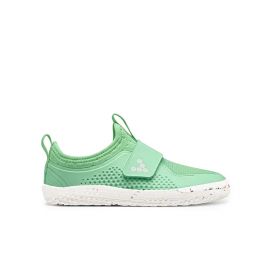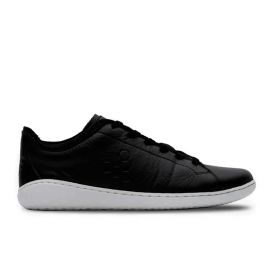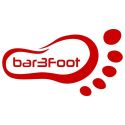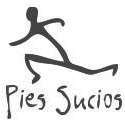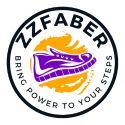No products
Prices are Management included
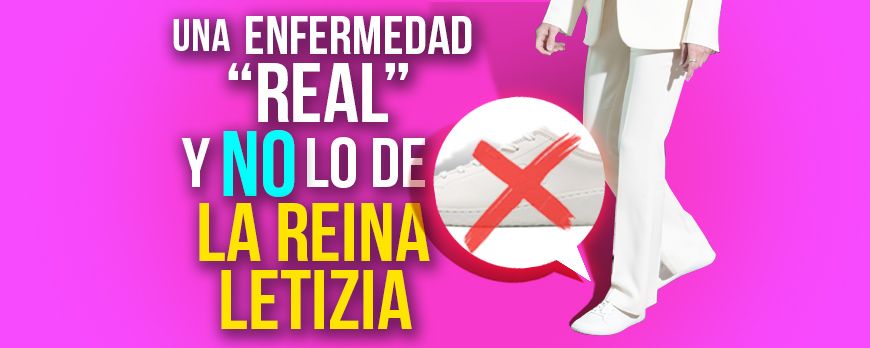
A "Real" problem and not that of Queen Letizia
I was going to tell you about Queen Letizia, her foot problems and her recent move to "forced" minimalism with her Vivobarefoot. You know, the neuroma of "Mordor" and how to avoid or improve it, something I've talked about in dozens of articles.
But instead I'll tell you about something more important to you.
A very common problem.
Many people wear out their shoes on the inside of the heel. They walk with their ankles bent and sometimes this is so pronounced that their knees touch each other.
But where is the problem? In the knees? Or in the feet that, when they bend down, drag the knees?
I'll tell you what happened to Maria.
She is 45 years old and at the age of 12 she had an operation on her knees because they kept tripping over each other. Since then, she has spent years wearing insoles because, according to her: "She has such a pronounced arch that she barely touches the centre of her foot". To make matters worse, she was diagnosed with three herniated discs, hyperlordosis and scoliosis.
She had the last insoles for a year and a half, until they caused her pubalgia.
During the confinement she decided to go barefoot, noticing a relief that made her rethink everything she believed in. In her own words:
"When I walk around the house barefoot or in socks, I don't really feel any discomfort. In fact, I need it. I stretch my toes and my foot".
The problem arises when she wears slippers, as they all deform inwards, especially the right foot, where the heel gives way inwards.
Sound familiar?
Cases like Maria's are everywhere. Just look at the person walking in front of you, you are sure to see someone with deformed shoes, tucking in their ankles.
This is weakness. And taken to the extreme, it can cause the knees to touch, as happened to Maria.
When the shoes deform inwards, it is because the foot is bent due to a lack of strength in the foot and ankle.
Keep in mind, the thicker the sole, the easier it is for your ankle to turn because there is more height. However, with a thinner sole, the ankle has less room to turn inwards.
If this happens to you, you not only need to change shoes, but also to reactivate and strengthen your feet with exercises and movements.
But of course...
If you're going to put your feet in a box where they can't move, feel or breathe... as if they were dead, forget about getting them strong.
And by box I mean those stiff, narrow shoes with a rear elevation, the typical heel that you don't even know they have. Because it's so common, you don't even notice it.
But it's not normal. Nobody is born with a heel on their heel. Neither are you.
Just as you weren't born with your toes together like a bunch of asparagus.
Of course, sneakers don't escape, and neither do "Strechers".
That's all I'm telling you and I'm not telling you anything. And I leave you with the recommendation to Maria, and if it's your case, for you too.
A shoe with a thin sole (5 mm) so that you have more contact with the ground, less twisting of the ankles and better balance.
Flexible and light, so that they adapt to the natural movement of your feet and allow them to get stronger.
Wide at the front, so that your toes expand and the pressure is distributed correctly over the whole foot, not in a specific area.
And of course, from Vivobarefoot, like those of Queen Letizia. But more breathable, for now that the heat is on.
So, if your feet spin more than the wheel of fortune, they're asking for a change, and that change is the Primus Lite Knit (available for women, men and children).
Health, and the stability of your body, starts with your feet.
Antonio Caballo
PS1: You know something else that causes heels and narrowness? Ask our Queen. She'll tell you about metatarsalgia, Morton's neuroma and those galloping bunions, unbecoming of royalty.
PS2: The articles I told you at the beginning on how to avoid or improve Morton's neuroma here.
PS3: The queen's white shoes here.
Dejar un ComentarioDejar una respuesta
Blog categories
- Running Technique
- Shoes Review
- Scientific studies
- Nike and minimalist shoes
- Morton neuroma
- Bunions
- Podiatrists' opinion on...
- Claw toes, crowded toes,...
- Flat feet
- Runner's injuries, runner's...
- Sprained feet, ankle sprains
- Footwear for wide feet or...
- Heel and back pain
- Children's feet and...
- Circulation and bone...
- Knee pain, osteoarthritis,...
- Plantar fasciitis
Últimos Comentarios
Fernando Capellán
That Vivobarefoot lawsuit… and what happened nextLorena Cortés
This is what Nike did to Nadal's footFernando Capellán
They call it ugly... but everyone will...Antonio Caballo
The finger wristband: when fashion squeezes...

